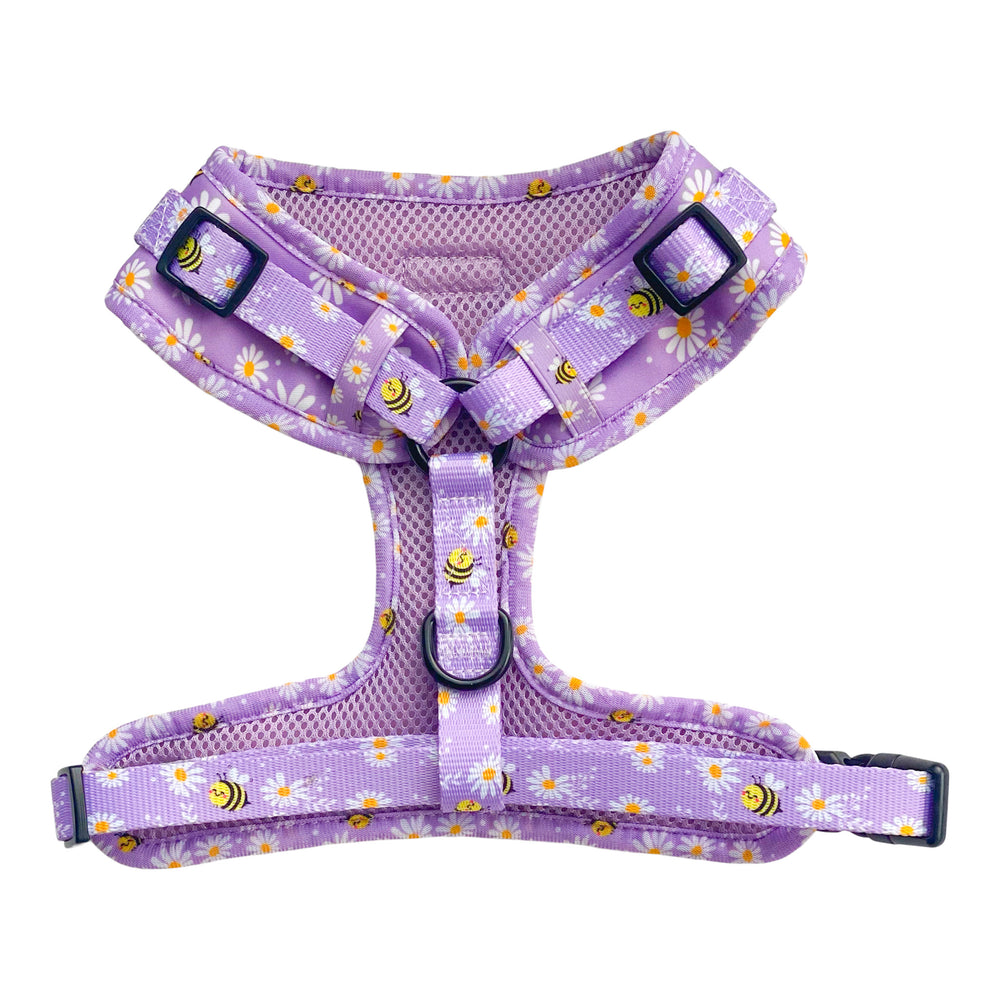Collar vs. Harness: Making the Best Choice for Your Dog's Safety and Comfort
Whether you're getting a new puppy, or you're a veteran dog owner, you may be wondering why you should choose a collar or a harness for your pup. The difference is between a collar and a harness for a dog depends on various factors, including the dog's size, breed, age, health, and specific needs. Both collars and harnesses have their advantages and disadvantages, so it's essential to consider your dog's individual characteristics when making a decision. Here are some points to help you decide:
-
Collars:
- Convenience: Collars are generally easy to slip on and off, making them suitable for quick walks and identification purposes (e.g., attaching ID tags).
- Small Dogs: Collars can be more comfortable for smaller dogs with delicate necks, as long as they are fitted properly.
- Training: For dogs that are already well-trained and do not pull excessively, a collar can be sufficient.
-
Harnesses:
- Reduced Strain: Harnesses, like those in our Sprinkle Pups collection, distribute the force of pulling across the dog's body, reducing strain on the neck and throat. This is especially important for dogs prone to respiratory issues or those with short noses such as pugs, French bulldogs, Pekinese or bulldogs of any kind (brachycephalic breeds).
- Control: Harnesses provide better control, particularly for dogs that pull on the leash or have a tendency to lunge.
- Safety: Harnesses are often recommended for dogs with medical conditions, neck injuries, or breeds prone to tracheal collapse.
- Discouraging Pulling: Front-clip harnesses can help discourage pulling during walks by redirecting the dog's attention.
In many cases, a combination of a collar and harness can be used effectively. For example, you can use a collar for ID tags and attach the leash to a harness during walks. Alternatively, you can attach an AirTag to your collar or harness with a case like these for an extra layer of protection. This ensures your dog's safety and identification needs are met.
Remember that proper fit is crucial for both collars and harnesses. A collar should be snug enough not to slip over the dog's head but not too tight to cause discomfort or restrict breathing. For harnesses, ensure that it fits securely and does not chafe the dog's skin.
If you're unsure which option is best for your dog, consider consulting with a veterinarian or a professional dog trainer who can assess your dog's specific needs and behavior to provide personalized recommendations. Ultimately, the comfort, safety, and well-being of your furry companion should guide your choice between a collar and a harness.
Wags and kisses, Little Pug Beatrix, Chief Marketing Pug





Leave a comment